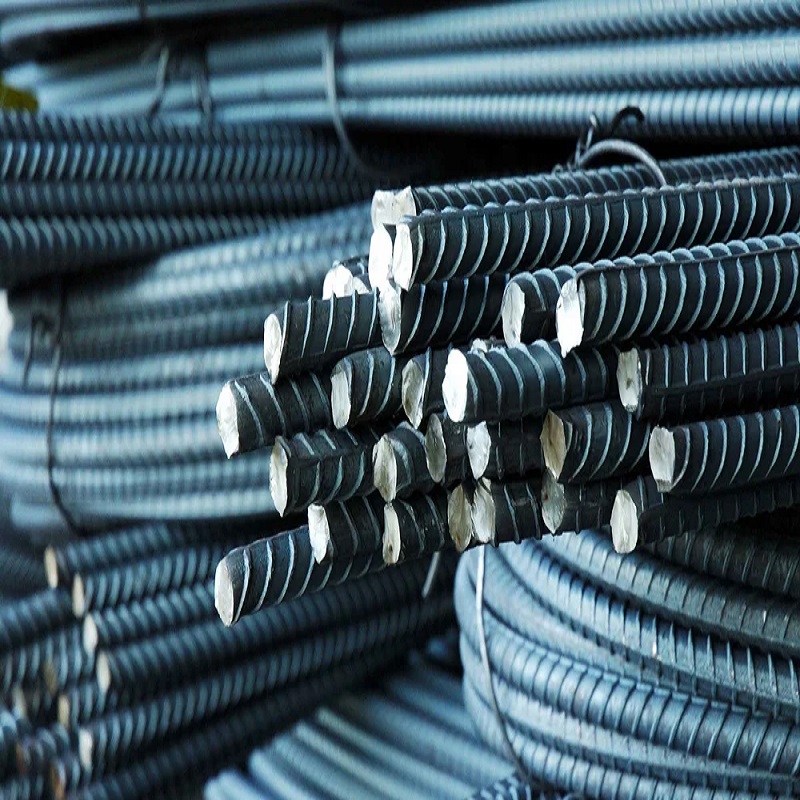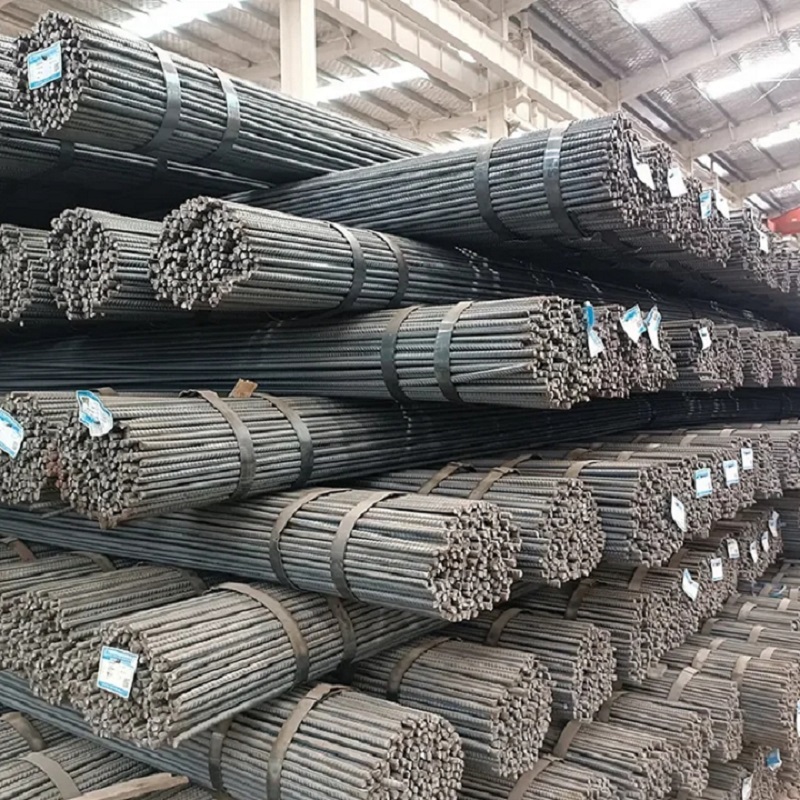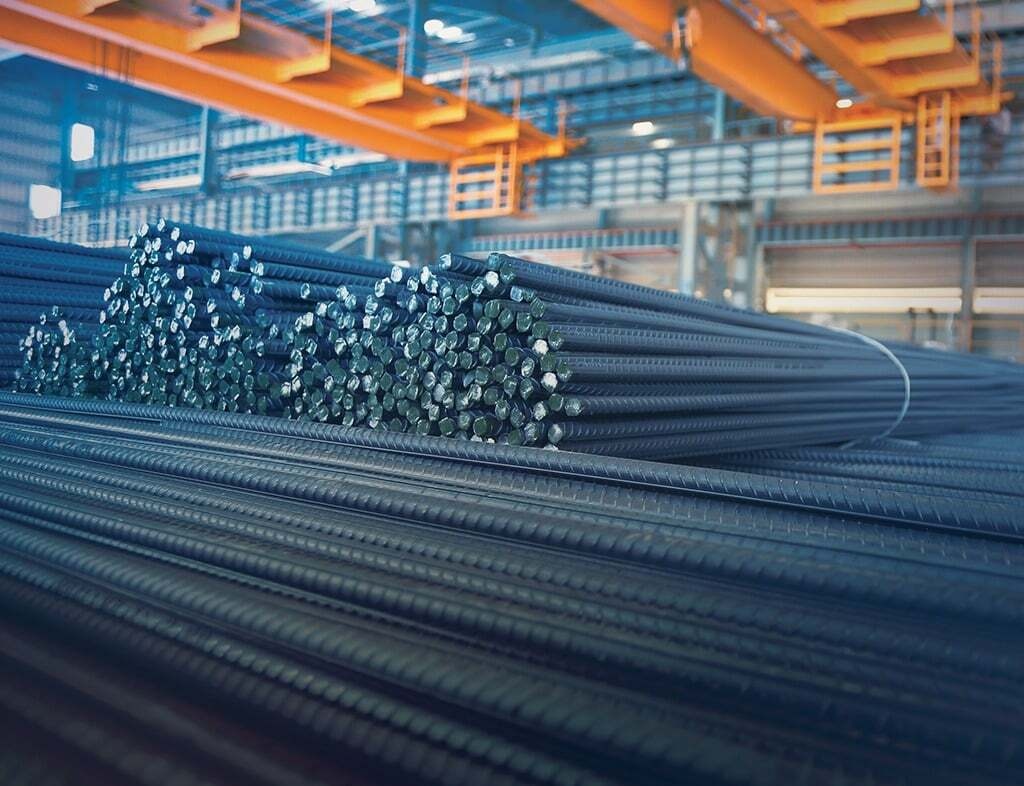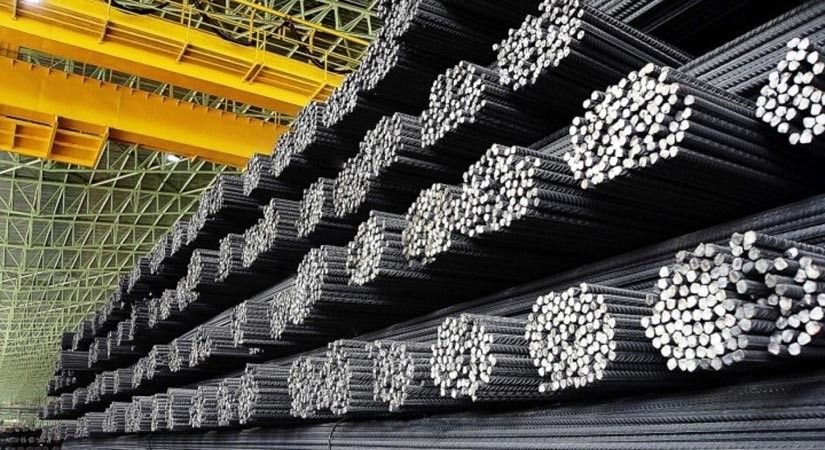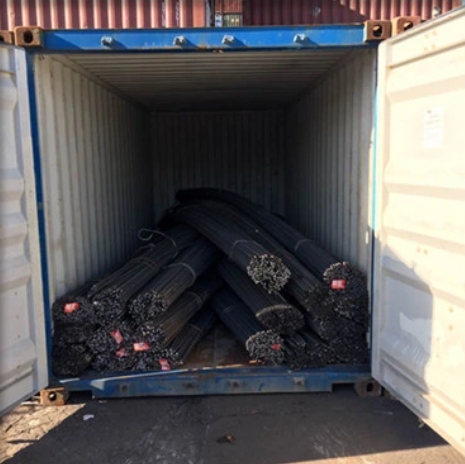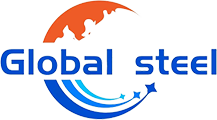Deformed Steel Bar
A deformed steel bar is a type of reinforcing steel bar that has a surface pattern of ribs, grooves, or indents to improve the bond with concrete.
They are used for various construction and structural applications, such as buildings, bridges, roads, dams, and tunnels.
Description:
A deformed steel bar is a kind of reinforcing steel bar that has a floor sample of ribs, grooves, or indents to enhance the bond with concrete. They are used for a range of development and structural applications, such as buildings, bridges, roads, dams, and tunnels.
Property & Specification:
High intensity
Good plasticity and toughness
Easy processing
Friction with concrete is high
Material | HRB335, HRB400, HRB400E, HRB500, G460G, G500B, GR60 |
Length | 9m,12m, or according to the customer's special request |
Outside Diameter: | OD from 6 - 50mm, length can be according to customer's special request |
Grade: | BS4449-2005,GB1449.2-2007,JIS G3112-2004, ASTM A615-A615M-04a |
Size Tolerance | ±3% |
Surface Treatment | Galvanized, PVC, Black and color painting, Transparent oil, anti-rust oil, according to clients requirement |
The specification requirements of the deformed steel bar should be specified in the import and export trade contract. Generally, it should include the standard grade (type code), the nominal diameter of the steel bar, the nominal weight (mass), the specified length, and the tolerance value of the above indicators, etc.
Our country's standards recommend deformed steel bar series with nominal diameters of 6, 8, 10, 12, 16, 20, 25, 32, 40, and 50mm. The length of supply is divided into two types: fixed length and double length. The fixed length selection range of my country's export deformed steel bars is 6 to 12m, and the fixed length selection range of Japanese deformed steel bars is 3.5 to 10m. If there is no requirement specified in the contract for domestic domestic deformed steel bars, the fixed length is usually 9m and 12m.
Dimensions & Appearance
1) Nominal diameter range and recommended diameter
The nominal diameter range of steel bars is 6 to 50mm, and the standard recommended nominal diameters of steel bars are 6, 8, 10, 12, 14, 16, 20, 25, 32, 40, and 50mm.
2) Permissible deviations in surface shape and size of ribbed steel bars
The design principles of ribbed steel bar transverse ribs should comply with the following regulations:
The angle β between the transverse rib and the axis of the steel bar should not be less than 45 degrees. When the angle is not greater than 70 degrees, the directions of the transverse ribs on the opposite sides of the steel bar should be opposite;
The nominal spacing l of transverse ribs shall not be greater than 0.7 times the nominal diameter of the steel bar;
The angle α between the side of the transverse rib and the surface of the steel bar shall not be less than 45 degrees;
The total gap (including the width of the longitudinal ribs) between the ends of the transverse ribs on two adjacent surfaces of the steel bar should not be greater than 20% of the nominal circumference of the steel bar;
When the nominal diameter of the steel bar is not greater than 12mm, the relative rib area should not be less than 0.055; when the nominal diameter is 14mm and 16mm, the relative rib area should not be less than 0.060; when the nominal diameter is greater than 16mm, the relative rib area should not be less than 0.065. For the calculation of the relative rib area, please refer to Appendix C.
Ribbed steel bars usually have longitudinal ribs or may not have longitudinal ribs;
3) Length and allowable deviation
a. Length
Steel bars are usually delivered in fixed lengths, and the specific delivery length should be specified in the contract;
Steel bars can be delivered in coils, and each coil should be one steel bar. It is allowed that 5% of the number of coils in each batch (two coils if less than two coils) are composed of two steel bars. The disc weight and disc diameter are determined by negotiation between the supply and demand parties.
b. Length tolerance
The allowable length deviation of steel bars when delivered to fixed length shall not be greater than ±25mm;
When the minimum length is required, the deviation is +50mm;
When the maximum length is required, the deviation is -50mm.
c. Curvature and ends
The ends of the steel bars should be sheared straight, and local deformation should not affect use.
Application
Deformed steel bar is widely used in the construction of houses, bridges, roads, and other civil engineering projects. From public facilities such as highways, railways, bridges, culverts, tunnels, flood control, and dams to the foundations, beams, columns, walls, and plates of house construction, the deformed steel bar is an indispensable structural material. As China's urbanization continues to deepen, the booming development of infrastructure construction and real estate has created a strong demand for deformed steel bars.
Packing & Delivery:

